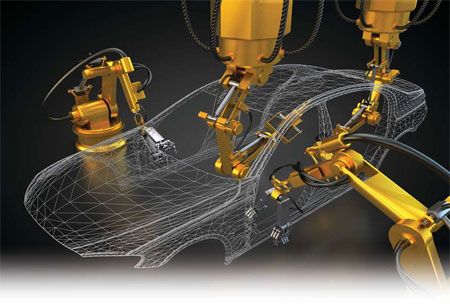Robotics will help to increase the production and efficiency of the automotive manufacturing industry.
FREMONT, CA
Numerous global manufacturing leaders believe that introducing IIoT, like robotics, is a lengthy process that requires applying automation in stages. The increased demand for precision, which robotics can provide, has fueled the rise of automation in the automotive industry. In the automotive industry, the worldwide need for improved productivity and speed has also driven the adoption of robotics.
The idea of the factory of the future, or a fully connected factory, was a growing trend in global manufacturing in 2020. Robotics adoption will be aided by the growth of AI-integrated robotics and other data-driven processes, which will provide a more comprehensive use case for purchasing.
Robotics in Automotive Manufacturing
Safety issues for the worker in a robotic environment are a non-financial problem in robotics adoption. For more than 70 years, robots have been used in the automotive industry, and many legal safety precedents have been developed during that period. The American Bar Association Section of Science and Technology Law organized a series of seminars on the legal consequences of advanced robotics in the automotive manufacturing industry in October 2020. For more complicated and specialized settings, robot safety requirements are constantly changing.
The robotic arm is the largest segment of the automotive robotics industry, and it is predicted to expand at a CAGR of 23.5 percent over the forecast period. Automotive painting is expected to be the fastest-growing application in the industry, with a CAGR of 20.8 percent.
The COVID-19 pandemic slowed the progress of robot development and production, which had a negative impact on the market in early 2020. COVID also contributed to putting a halt to automotive production and disturbed the supply chain. When robots were applied to "bridge the gap" between socially isolated workers, the business regained its strength.
Industrial robots are enormous and costly, which has limited their use in the automotive industry in the past, but their use is estimated to rise in post-pandemic auto production.

 Copyright © 2025 AutoTech Outlook. All Rights Reserved | Privacy Policy | Subscribe | Sitemap | About us | Feedback Policy | Editorial Policy
Copyright © 2025 AutoTech Outlook. All Rights Reserved | Privacy Policy | Subscribe | Sitemap | About us | Feedback Policy | Editorial Policy